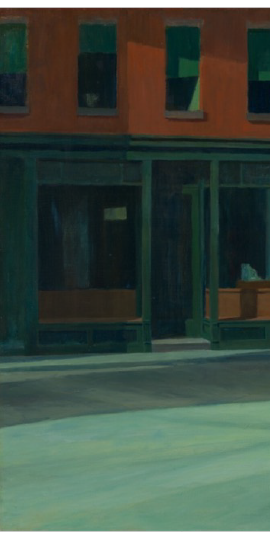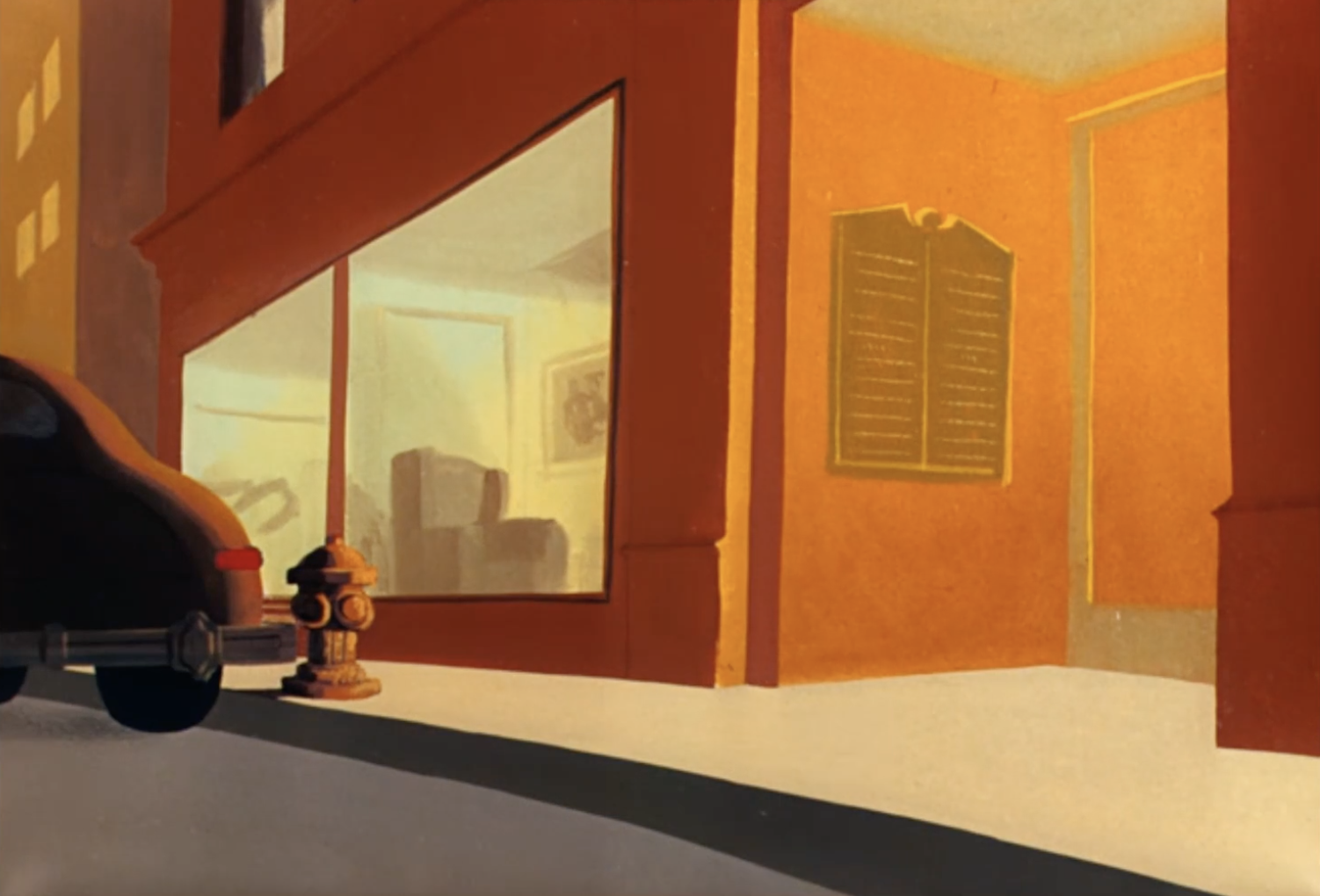

In Giuliana Bruno’s Atlas of Emotion, she describes Wim Wenders’ 1987 film Der Himmel über Berlin (Wings of Desire in its English release) as ‘topophilic.’ She notes that Wenders, who was trained originally in painting and engraving, was by his own admission “interested only in space: landscape and cities… ‘landscape’ portraits.” For Bruno, Wings of Desire acts as a “work of mourning”; an “architectural document of a city that no longer exists.” Filmed in Berlin just prior to the fall of the wall in 1989 – after which point came a new era of constructing and restructuring – Wenders’ filmic record of a cityscape hollowed out by conflict presents a view of place and situation in which emptiness takes on key importance. “In this particular city,” Bruno writes, “both for the inhabitant and the visitor, history was written onto the blank of the empty space, in the void that was a palimpsest of erasures.” The empty square, the wide-open wasteland: whilst these spaces are in essence nothing more than rubble and weeds, they also hold within their emptiness an endless sense of reference to what was before. “Behind the city of today,” Wenders writes, in affirmation of this sentiment, “in its interstices or above it, as though frozen in time, are the ruins, the mounds of rubble, the burned chimneystacks and facades of the devastated city, only dimly visible sometimes, but always there in the background.” Emptiness, visual and spatial, allows us to access the pieces of the past which we can see through the gaps.
The decimated postwar-European landscape which Wenders evokes came into being during the prime years of Paul Julian’s animation career. By the end of the 1940s, Julian had perfected his emptied paintings, and in a concentrated spate of Sylvester and Tweety cartoons which would become a large part of his legacy at Warner Brothers, he demonstrated his uncanny use of light, shadow, and colour as applied to dense cityscapes.




